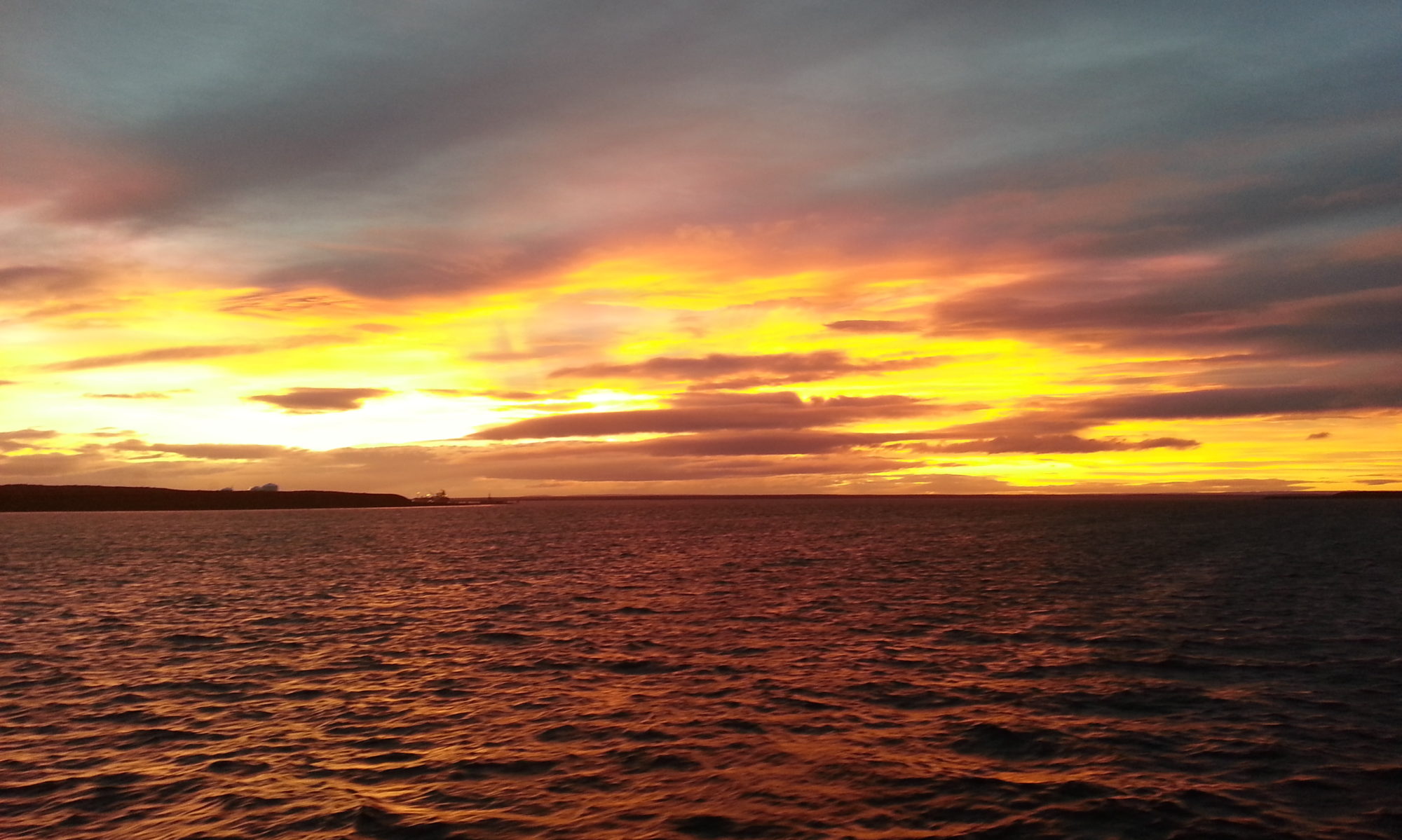
***Original published in South Mountain Press, Oct 5, 2018***
Local Water Conservation Groups Meet
On September 20, the Lake and Stream Health Working Group of the Riding Mountain Biosphere Reserve (RMBR) hosted a presentation afternoon at the Crossroads Community Center in Erickson. Stakeholders representing local water conservation organizations were on hand to hear presentations from the Lake Winnipeg Foundation (LWF) and Manitoba Sustainable Development.
Jim Irwin, Chair of the RMBR, convened the session to pass along information to help address water quality problems in the area’s lakes and streams. To that end, Alexis Kanu and Chelsea Lobson of LWF, gave an excellent presentation and Q & A session on their water quality efforts that have been underway since 2005. The Foundation’s focus has been on improving the health of Lake Winnipeg through the efforts of freshwater research experts and citizen volunteer scientists all working in collaboration with private and government stewardship organizations.
The main contaminant bringing all these groups together to compare notes is the chemical element phosphorus. Phosphorus is an essential building block for animal and plant life. It is found naturally in mineral deposits, and in human and animal waste. It is also in high demand by the world’s farmers as a vital plant fertilizer.
But when too much phosphorus is present in warm Manitoban waters, it helps to promote the growth of blue-green algal (cyanobacteria) blooms. These blooms may only appear to be unsightly and smelly but the real danger is their possible life threatening toxicity. Whether or not a particular batch of algae is harmful can only be detected by water sampling. Boiling or adding chlorine does not remove algal toxins from the water. Blue-green algae represents a clear threat to human and animal populations and should be avoided.
So back in 2016, increasing cases of algal blooms spurred the LWF to start a volunteer citizen based water sampling project. The aim of all the water testing is to create a credible provincial phosphorus data base. Once there is enough data, then the Foundation can identify hotspots. If a specific source is pinpointed, then the process of mitigating or stopping the contamination can begin.
The program has grown from humble beginnings and now has close to 50 volunteers sampling water in over 100 sites. Sampling takes place in the period from the spring freshet to winter freeze up. In order to ensure quality assurance, Chelsea Lobson, the Foundation’s Community-based Monitoring Co-ordinator, trains the volunteers with specific, standardized water kits using rigorous shared protocols. She performs regular field audits and the water is comparison tested with different labs.
The use of volunteers is key to the success seen by the LWF project. They have found that phosphorus spikes occur during spring runoff and significant rainfall events. Numerous citizens scattered throughout the province are nimble enough to respond quickly to sources of high water flow such as after a heavy rain shower.

After learning a relatively simple protocol, a volunteer can complete a water sampling test in about 10 minutes. The PVC sampler kit costs about $6 to manufacture. The vision is to keep expanding sampling sites and to attract and gain the help of more volunteers and conservation groups. When there is an adequate water sampling apparatus in place, the next logical step will be to pinpoint what is causing the phosphorus hotspots in the first place.
For the moment, when it comes to the phosphorus culprits, everyone is pointing figures at each other. Friends of a lake community blame the cottagers with their faulty waste holding tanks. Farmers blame the cities and towns for their raw sewage dumping. Activist groups blame hog farmers with their ‘factory’ pig barns and liquid manure spreading. But other than some deductive speculation, it has been difficult to pin down exact sources if the origin of extra phosphorus is not obvious.
To that end, the Foundation has been partnering with organizations such as Agriculture Canada and the University of Manitoba. At the U of M, research is beginning that will use isotope technology to determine exactly where a particular phosphorus sample originated from.
Ag Canada will look at the Foundation’s data and if changes are needed, they can work on developing best practice recommendations for producers.
If the residents of larger communities realize that significant amounts of their sewage is causing problems, then political pressure can be applied to improve infrastructure.
Water quality is vital and important to all Manitobans and we all have a vested interest in this precious resource.
If concerned citizens or conservation groups are interested in the RMBR Lake and Stream Health Working Group or the Lake Winnipeg Foundation water sampling project, they can contact the RMBR Chair Jim Irwin at jimirwin@ridingmountain.ca or the LWF at info@lakewinnipegfoundation.org
For more information on the dangers of blue-green algae a detailed information sheet can be found at the following provincial website:
Click to access algal_blooms.pdf
Blair is a personification of a ‘Jack of All Trades and Master of None’. He has held several careers and has all the T-shirts. Time to add the title Blogger to the list.
